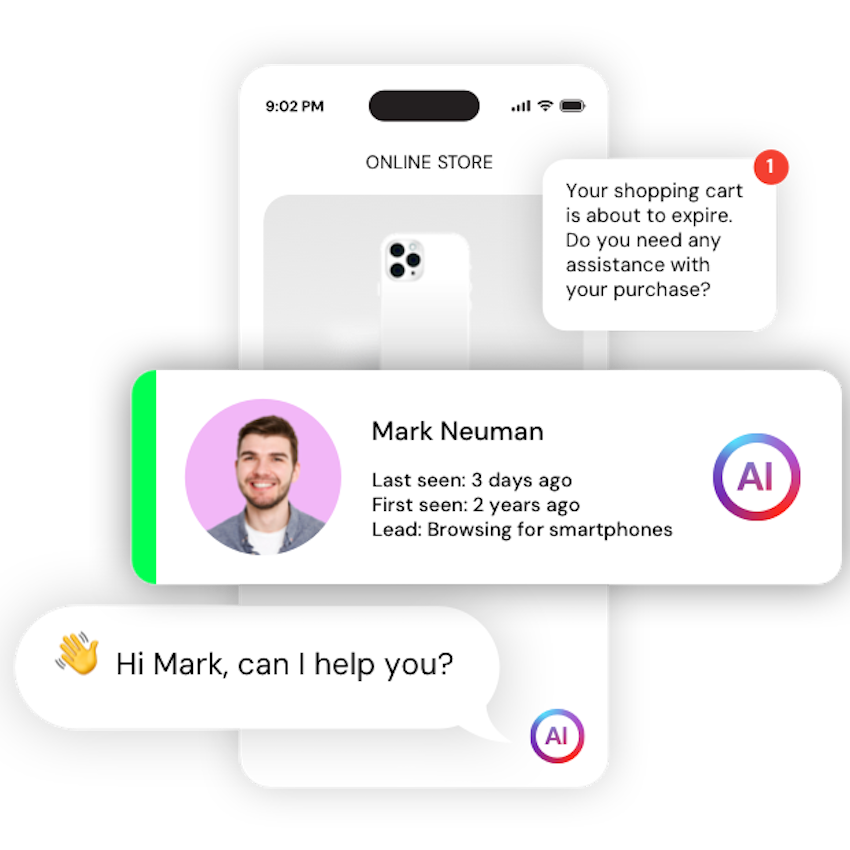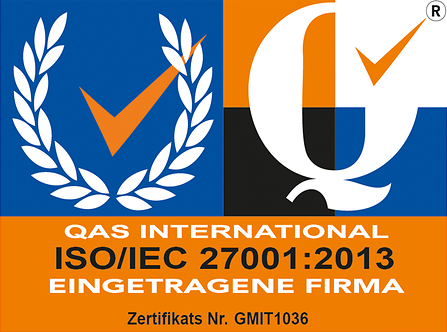Salesforce Connections 2018 ended yesterday. Here are my thoughts and observations as a Salesforce partner and speaker:
Salesforce is winning — or they are really good at creating the collective experience of winning
For three days the halls were full of happy faces. Around 8.000 customers and partner plus 2.000 Salesforce employees shared many smiles. They might have been inspired by the huge banners featuring smiling client executives from Adidas, Ticketmaster and others everywhere. Anyway, the place was very much alive and full of a winning attitude.
Selfie Sören Stamer Trailblazer
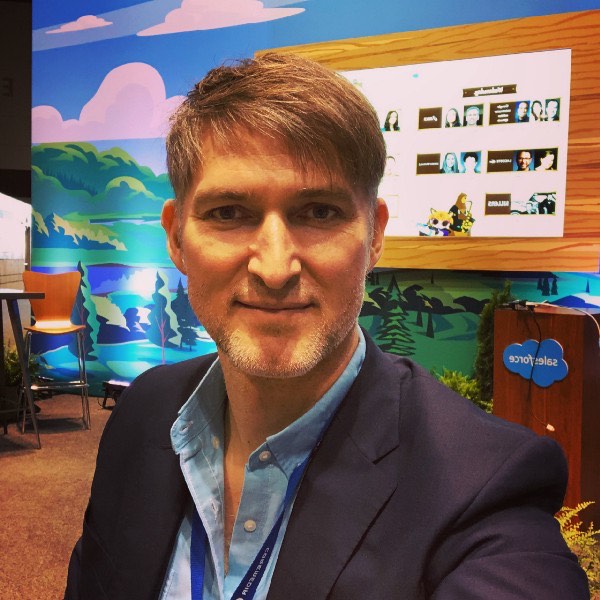
I wondered what contributed to this spirit. A big factor has certainly been the wave of new features, capabilities and solutions plus all those beautifully told success stories. But there was more. Something that was painfully missing at Facebook’s F8 a few weeks ago. More about that a little later.
Salesforce managed to acquire and integrate a broad set of capabilities and it pays
It is hard to believe, but until Salesforce acquired Demandware in 2016 they lacked even the most basic eCommerce functionality. Demandware, rebranded as Salesforce Commerce Cloud, quickly became an important part of Salesforce’s overall offering for B2C brands. Now, two years later, Salesforce closed another gap in their offering: the B2B commerce part. CloudCraze turned into Salesforce Commerce Cloud B2B and looks already like a winner.
But the latest and most expensive move was the acquisition of MuleSoft, now branded as Salesforce Integration Cloud.
MuleSoft aka Salesforce Integration Cloud looks like game changer
Commonly, one of the fundamental weaknesses of big platforms is their lack of flexibility, openness and agility. While it is a beautiful dream to have a single platform that does it all, that dream never survives contact with reality.
The reality of IT is messy and complex. It is distributed and ever changing. And that fundamental reality will never go away.
Now, Salesforce found a powerful way to address this challenge for themselves and for all of their customers in an effective and scalable way: Mulesoft. MuleSoft is the plumbing for all those distributed cloud services, legacy software applications and micro-services companies need to integrate these days to stay ahead. While MuleSoft feels as flexible as duck tape it fosters clean and systematic ways to connect autonomous pieces of software. As a result, customers report much faster pace of their integrations with higher quality and better reusability.
The MuleSoft acquisition has the potential to be a game changer for Salesforce’s strategy to integrate more deeply into the back office and competing platforms.
Content is one Salesforce’s big weaknesses
Given Salesforce’s strong focus on customer experience, it is somewhat surprising how little support they offer to effectively manage all the content that is needed for these experiences. Every single Salesforce customer and partner I’ve talked to the last three days confirmed: Content is a big problem. Many are looking for solutions. The underlying reason is that Salesforce doesn’t offer any sophisticated content management that is sufficient for iconic brands.
Screenshot Studio
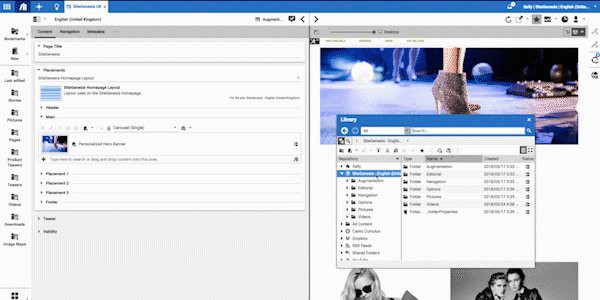
I have to admit that as the CEO of CoreMedia I am pretty happy about the current state of affairs because this is exactly the gap that CoreMedia fills with CoreMedia CMS.
When we showed global brand executives what we can do out of the box with their Salesforce Commerce Cloud and Marketing Cloud, they were consistently amazed. So we went home happy with a long list of exciting leads.
If you are a Salesforce customers with similar content issues, please connect with me. We are happy to help.
Bigger is not always better
I noticed a tendency of big platform vendors to merge various customer events into one big show. While I see the benefits in efficiency, I also couldn’t help but notice some drawbacks. The bigger a platforms get, the less focus these events provide. And focus is also a very good thing. I heard multiple customers and partners complain about the lack of it at Salesforce Connections 2018.
Another noticeable weakness was a lack of European participants. I met a few European brands, but certainly not many. This was a mainly a North American event with some participation from Asia and Europe. It certainly did not feel like a truly global audience.
It might be worth looking at a set of events around the world instead of one big one.
You have to love Salesforce’s Ohana
Photo Genterneutral Restroom
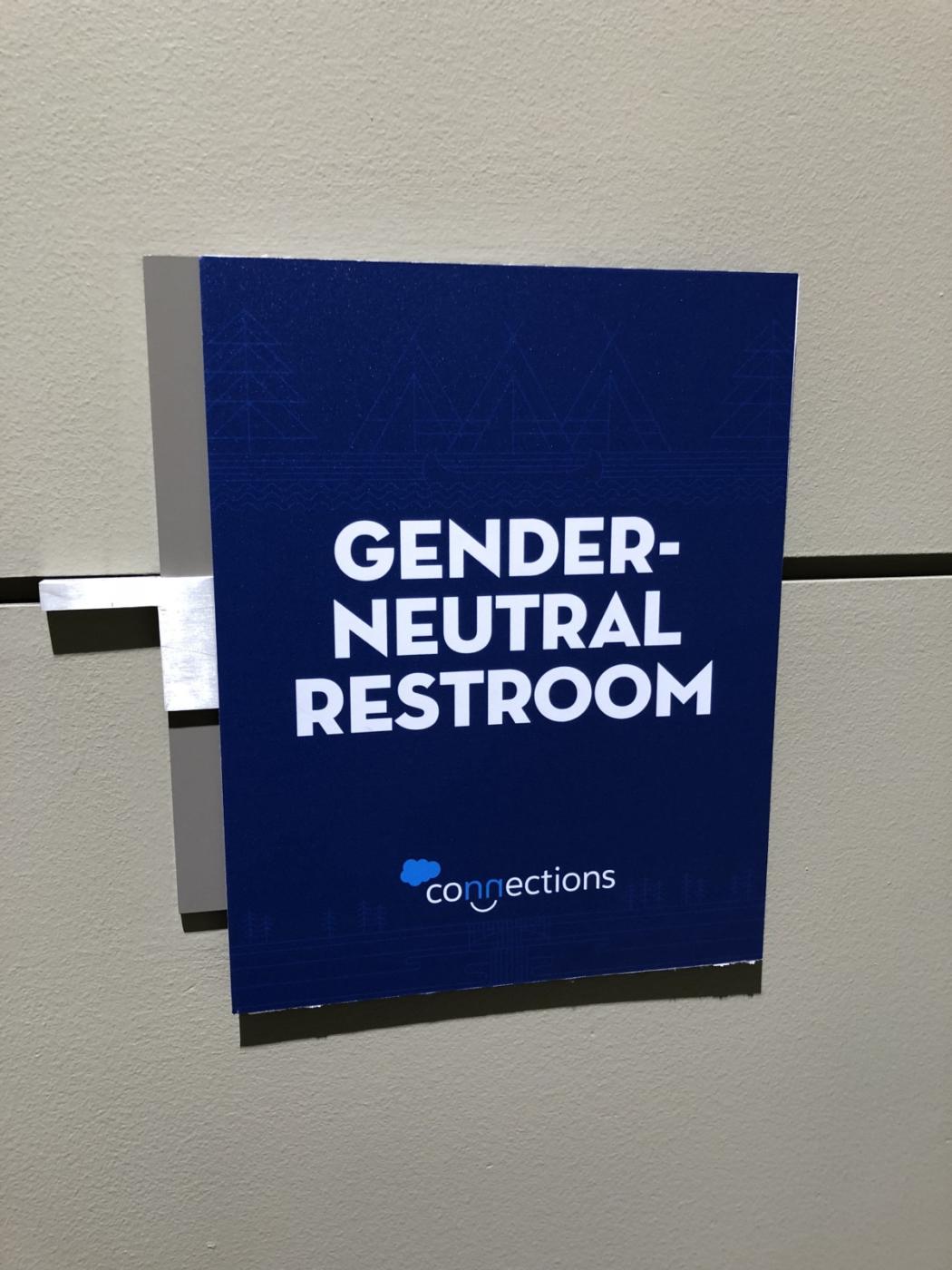
I’ve been to many software events by various vendors. Never have I’ve seen such a strong commitment to core values at this scale like I experienced here. Values like equality and trust didn’t come across as a fig leaf or side show. They were center stage. The opening and closing keynotes were both about women’s equality.
I am convinced that this commitment to doing the right thing and really taking it seriously contributed to the positive spirit I mentioned at the beginning.
Like other Silicon Valley power players, Salesforce has reached an impressive scale and ships countless new features every month. But unlike many, they do it with heart and soul.
That might be the difference that makes the difference.

